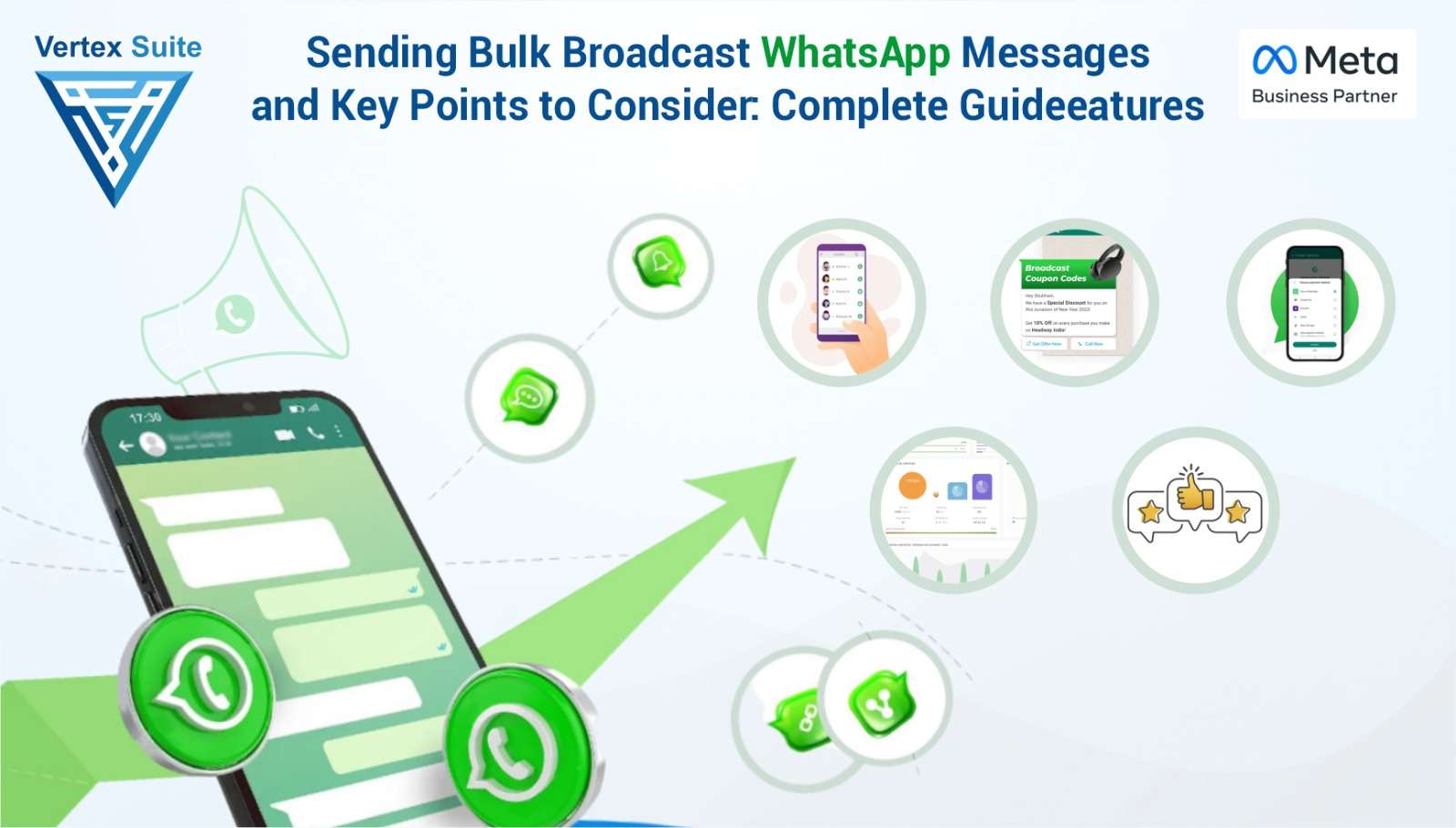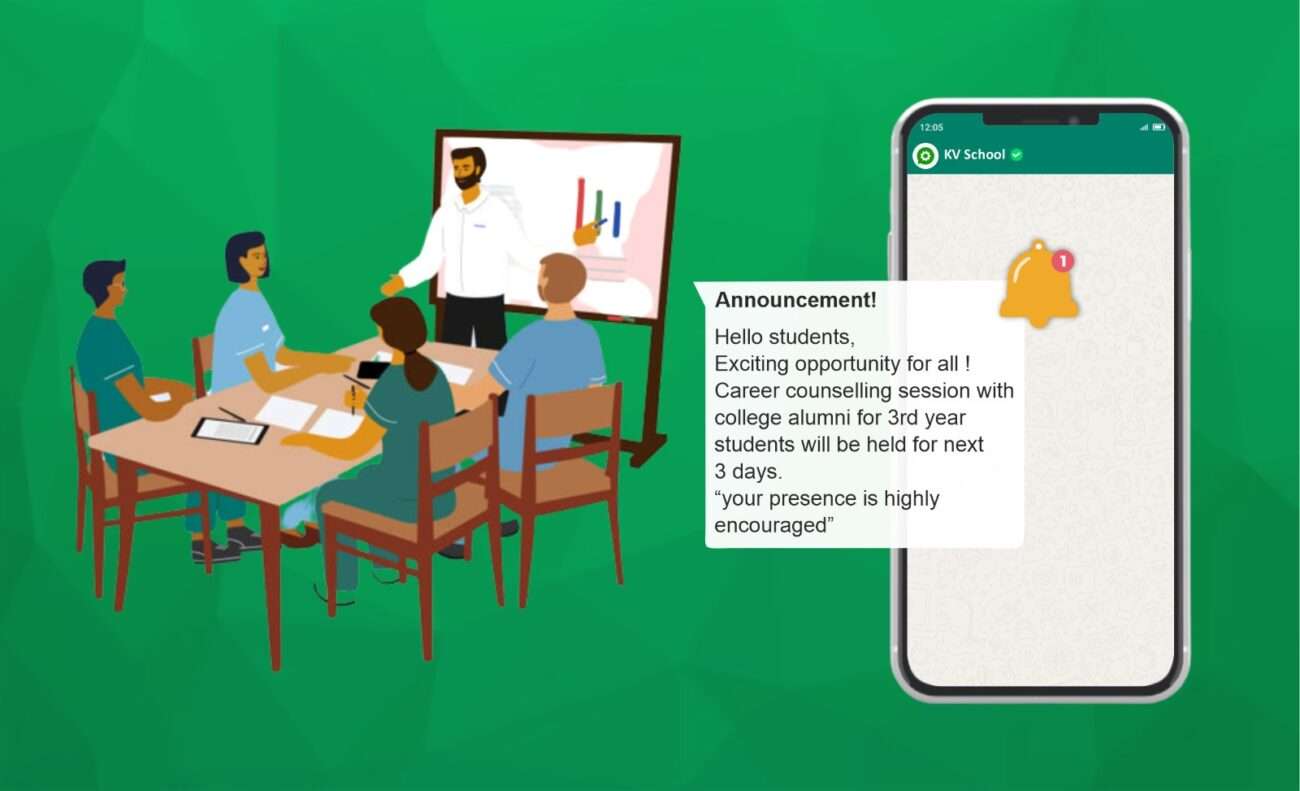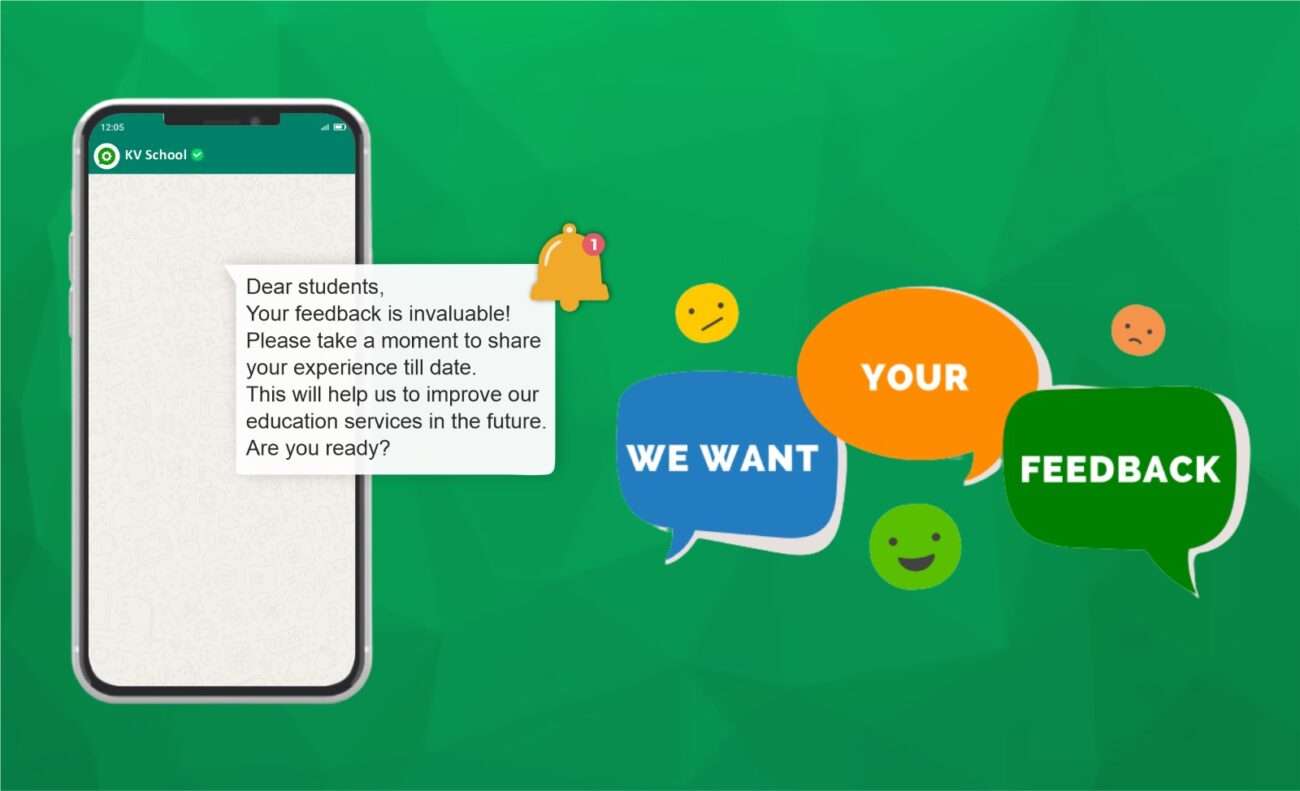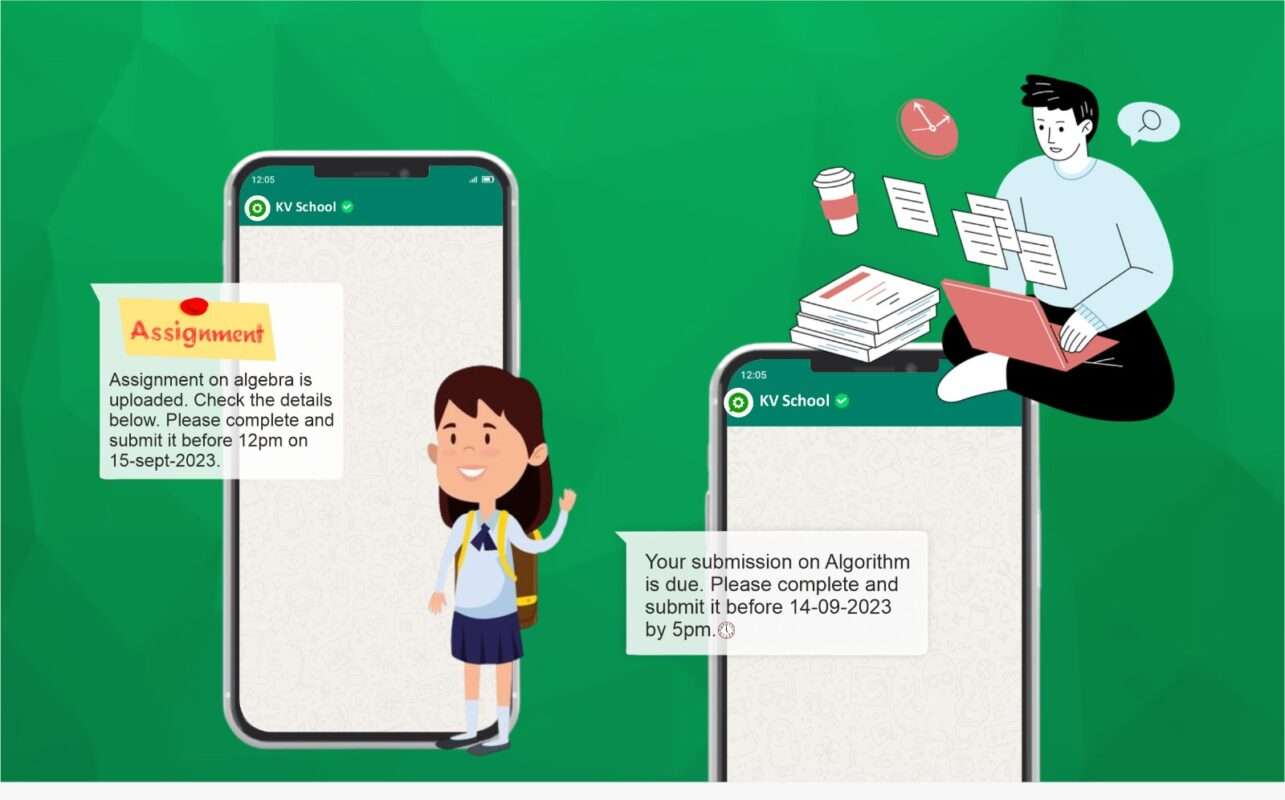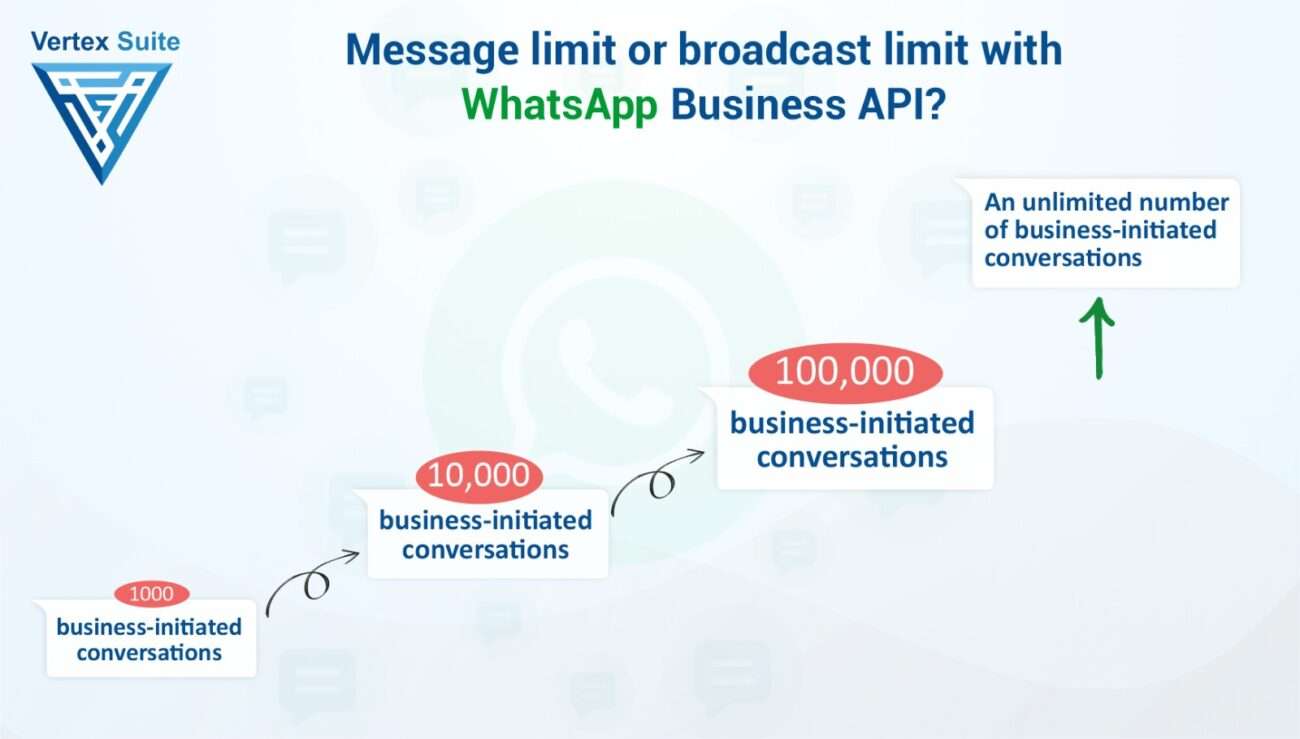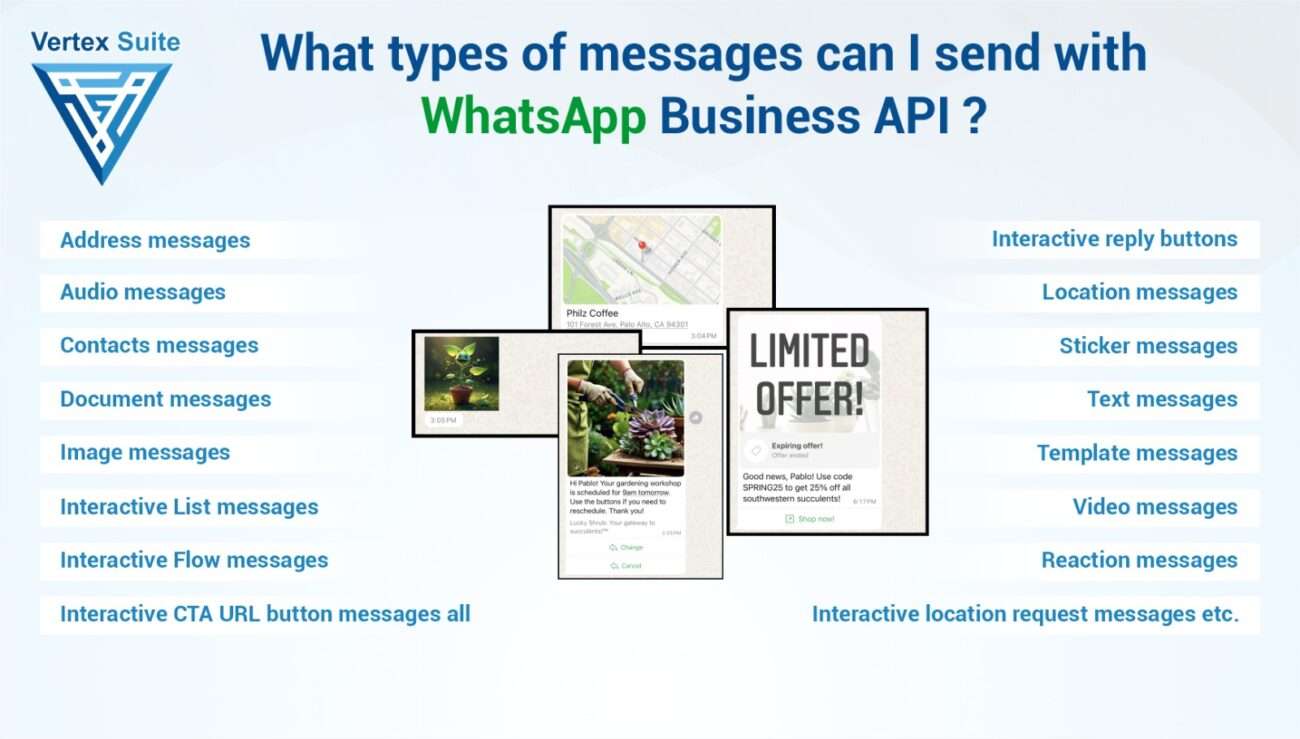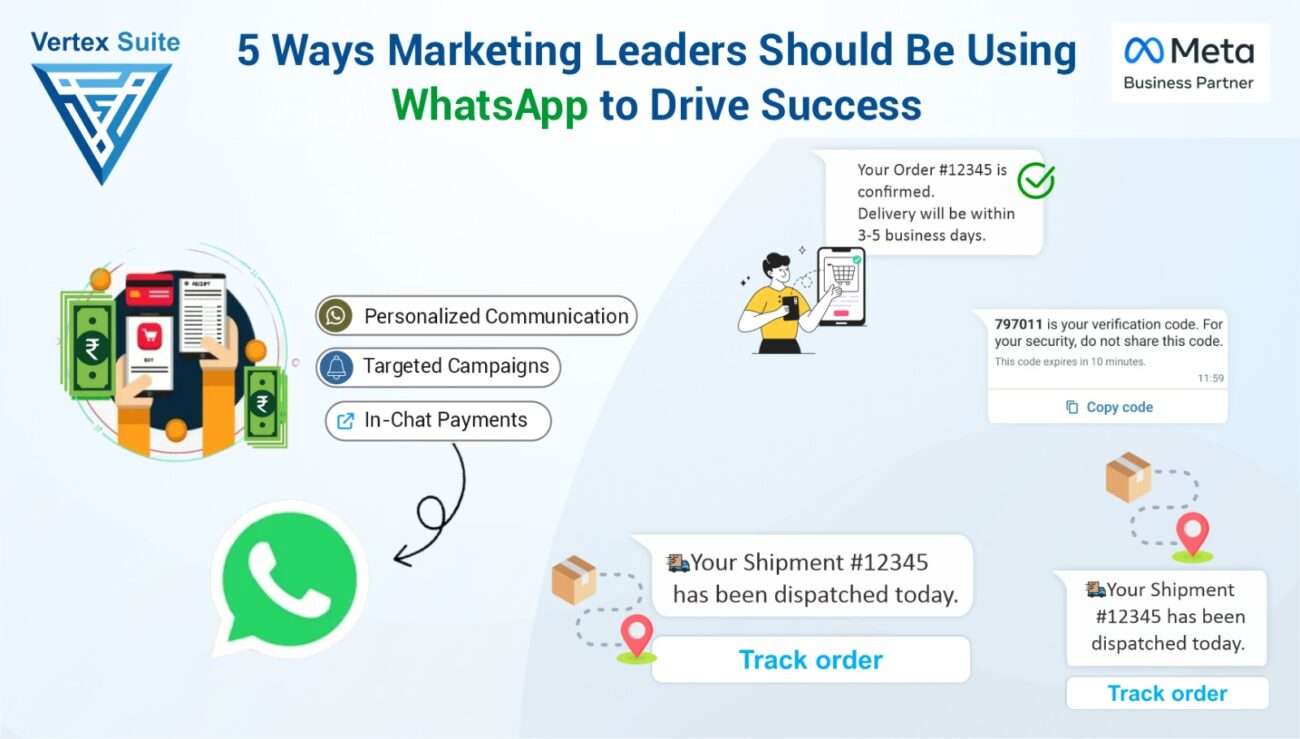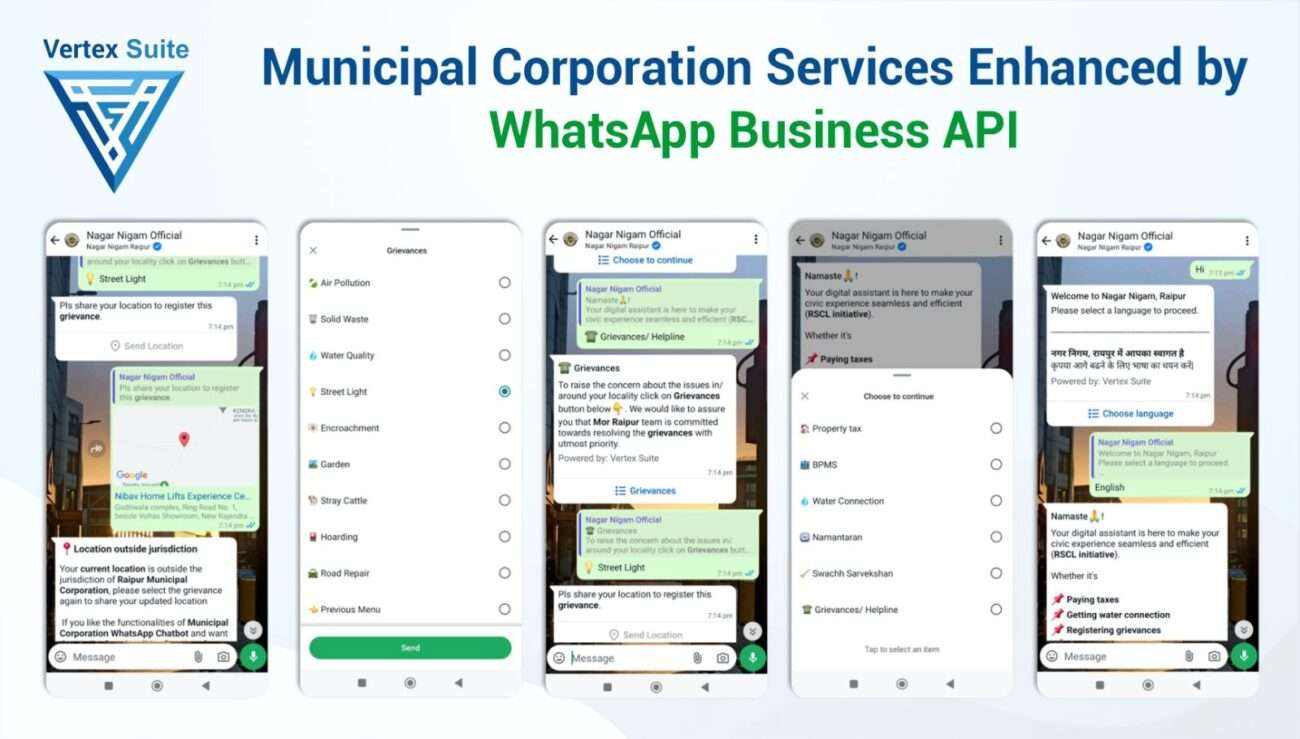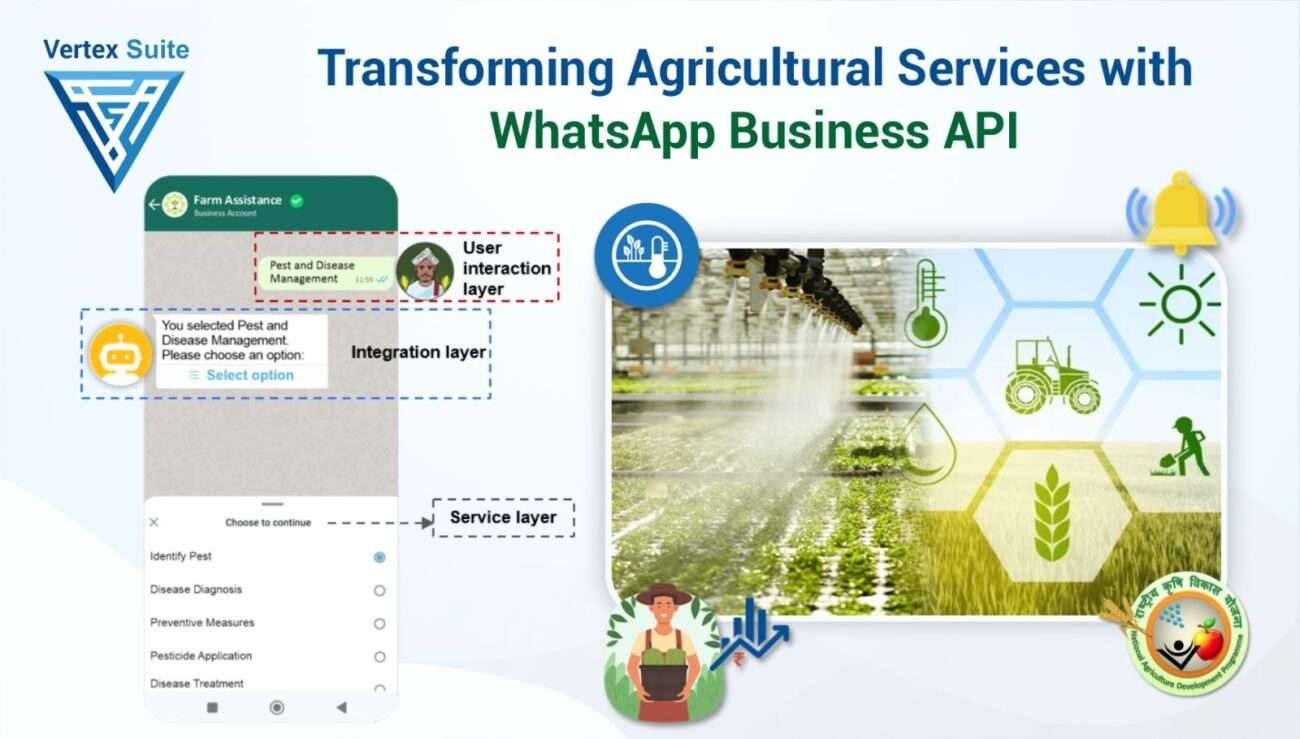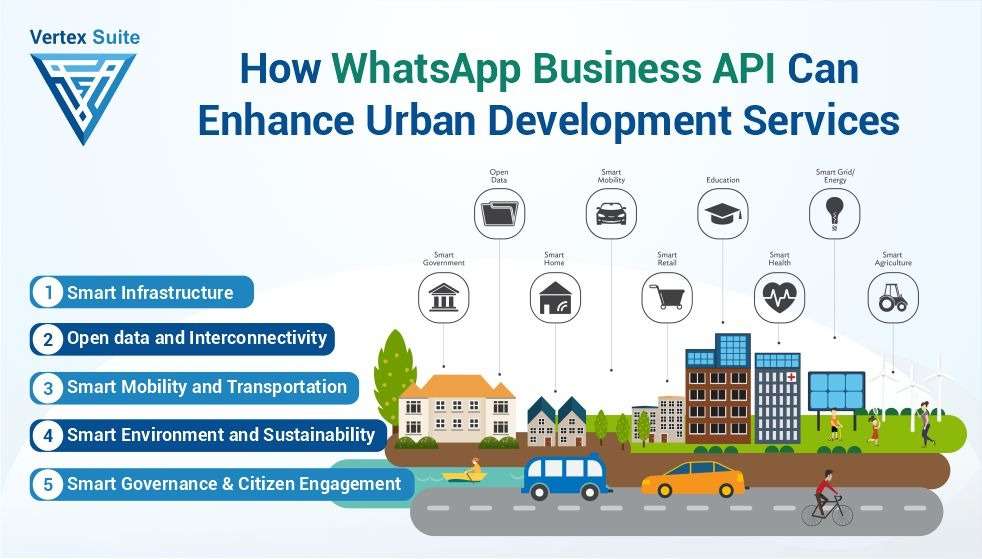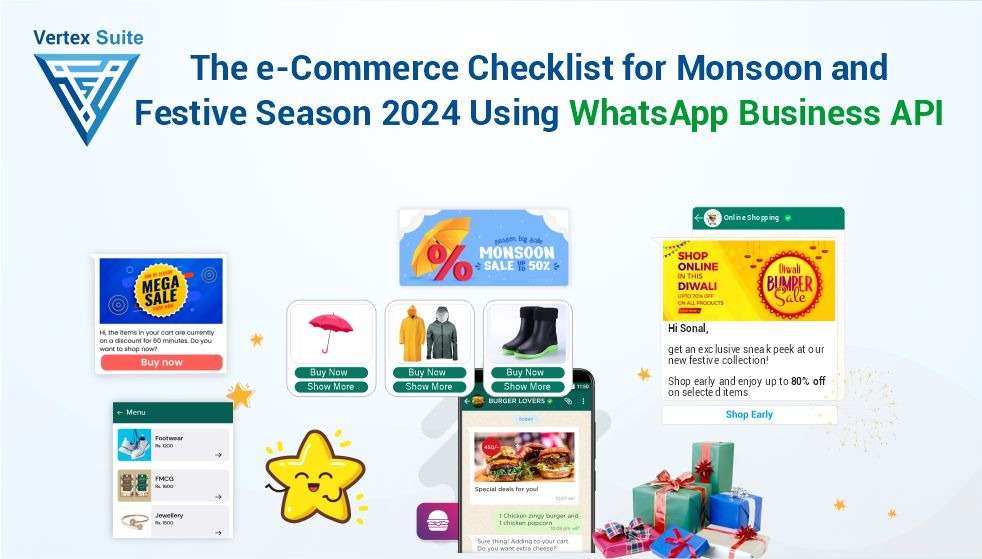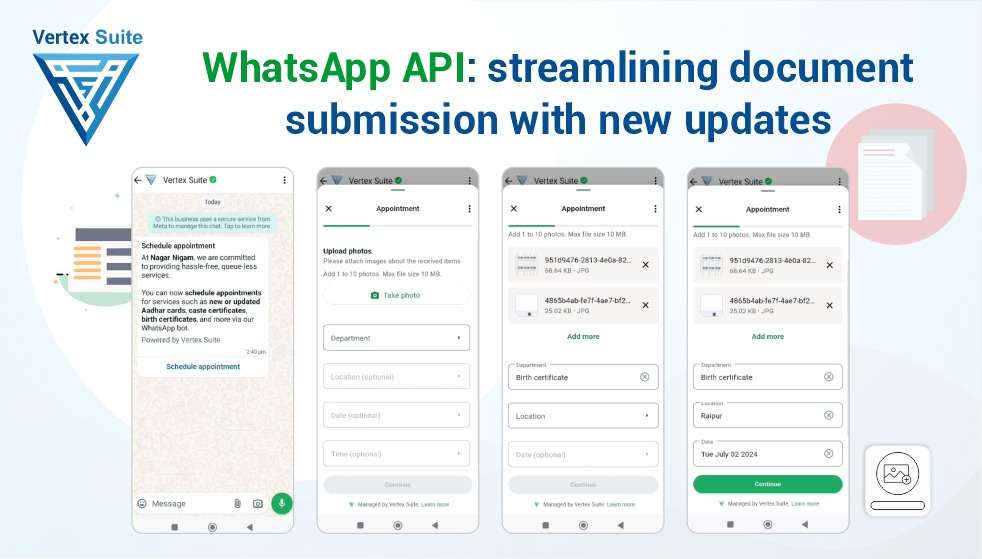In today’s competitive landscape, bulk WhatsApp messaging has become crucial for business growth. The WhatsApp Business API offers a comprehensive broadcasting solution through various service providers, equipping businesses with a powerful dashboard for efficient messaging.
With this broadcasting system, you can:
- Send messages to targeted groups
- Filter contacts and manage lists
- Send bulk messages via Excel uploads
- Retarget audiences based on engagement
Through the centralized dashboard, you can send messages tailored to marketing, utility, authentication, or service needs, each with specific charges. These capabilities, available through WhatsApp Business API services, streamline communication and boost engagement.
However, it’s essential to follow Meta’s policies to ensure compliance. This blog covers the guidelines and best practices for effective bulk messaging on WhatsApp. Additionally, we’ll discuss strategic targeting techniques to help your campaigns achieve optimal results.
Let’s explore how to make bulk messaging work for your business in a compliant, impactful way.
Guideline for Sending Bulk WhatsApp Messages via WhatsApp Business API
1. Set Up WhatsApp Business API
Partner with an Official API Provider: To enable bulk messaging capabilities, it’s essential to collaborate with an official WhatsApp API provider. This partnership allows you to manage campaigns effectively through their centralized dashboard, ensuring a smooth and efficient way to send messages at scale.
Verify Your Business Phone Number: Provide your official API provider with a dedicated business phone number that is not currently used with either the WhatsApp app or WhatsApp Business app. Additionally, supply accurate business information, such as your GST number, website details, and contact number, which are essential for business verification. Any incorrect information could lead to your WhatsApp Business API account being blocked.
2. Organize Contact Lists
Once all information is verified by Meta, your system is ready for bulk messaging. In the service provider’s dashboard, organize only those contacts who have opted in for your messages. Uploading contacts without opt-in increases opt-out rates, which can drive up marketing costs.
Using the API dashboard, group contacts based on target segments, considering factors such as demographics, interests, engagement levels, or past purchases for more precise messaging.
3. Design Effective Message Templates
Once your contact list is organized, a pre-approved message template is essential for sending bulk messages. These templates can be tailored for various purposes such as marketing, utility, authentication, or service-based messages. Craft each message with your target audience in mind, considering elements like the message body, relevant images, and appropriate call-to-action buttons.
To make your messages more engaging, be sure to include personalized details such as the recipient’s name, recent purchases, or location. This personalization makes the message feel more relevant and interesting to each customer.
It’s crucial to ensure that all messages comply with WhatsApp’s guidelines. Following these rules will help create a professional, effective message template that aligns well with your business goals.
4. Broadcasting and Retargeting Messages
Once your WhatsApp message templates are approved, you can use the API dashboard for broadcasting. Simply select your contact group, choose the appropriate template, and either schedule a time or send the message immediately. After broadcasting, you can retarget those who showed interest by sending follow-up offers or discounts, encouraging them to proceed with their purchase. This makes the most out of broadcasting by focusing on engagement and conversions.
5. Track and Analyze Campaign Performance
One of the most crucial aspects of messaging is tracking and analyzing customer interactions. Create an effective funnel to monitor each customer’s engagement through metrics such as open rates, click-through rates, and response rates, all available via the API dashboard. Optimize each campaign by adjusting message content, timing, and segmentation, helping you achieve better results and improved targeting over time.
6. Enable Customer Interactions
WhatsApp’s chatbot system allows you to set up AI-generated autoresponses for frequently asked questions, providing a personalized experience for customers. For more complex queries, enable two-way communication, allowing customers to inquire, lodge complaints, or request support in real time for a more interactive and responsive experience.
7. Handle Payments and Transactions
Customers often prefer end-to-end purchasing within a single platform. Enable in-chat payments to facilitate seamless transactions, and provide automated order confirmations, updates, and tracking information to enhance the personalized experience.
8. Compliance and Meta Policy Guidelines
To operate your chat flow system and broadcasting features effectively, ensure compliance with Meta’s policies. Familiarize yourself with guidelines on providing opt-in and opt-out options for customers to avoid spam complaints. Messages should be concise, clear, and relevant, as misleading or irrelevant content can disengage customers and harm your brand’s reputation.
9. Feedback Portal for Your Product & Services
To strengthen your business foundation, it’s essential to offer a feedback portal for customers to share insights on your products and services. Customer feedback provides valuable information on whether your offerings meet expectations, allowing you to make improvements or updates as needed. Engaging with customers based on their feedback enhances relationships and builds a more resilient and responsive platform for your brand.
Through Vertex Suite, WhatsApp offers advanced messaging capabilities, including rich media support for images, buttons, videos, audio, documents, and location sharing. This allows you to create dynamic campaigns and foster deeper engagement with your audience. Additionally, our API provider offers comprehensive training to help you understand how the dashboard operates, as well as 24/7 customer support. This training includes a thorough overview of WhatsApp’s policies, ensuring you maintain compliance as you communicate effectively.
Strong communication is the backbone of any successful business, and WhatsApp Business API provides an ideal platform to grow and expand your reach. With these tools, you can build a robust foundation for continued business growth.


